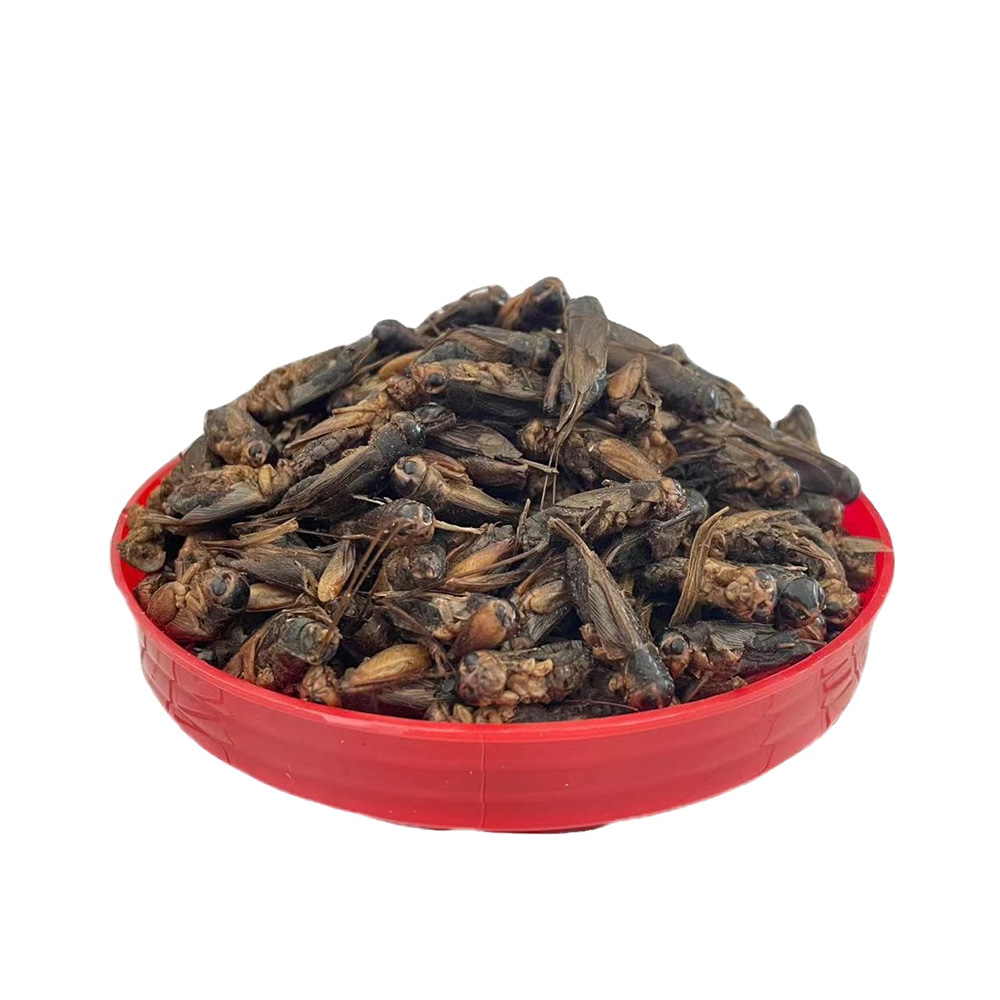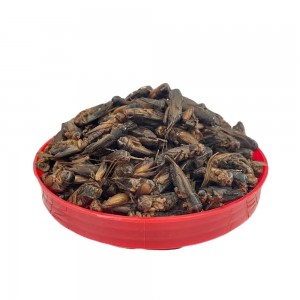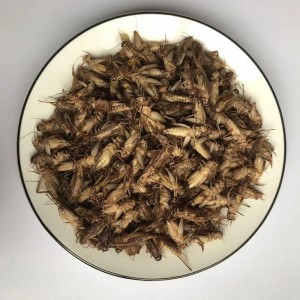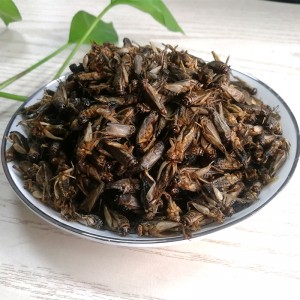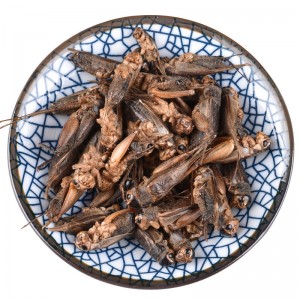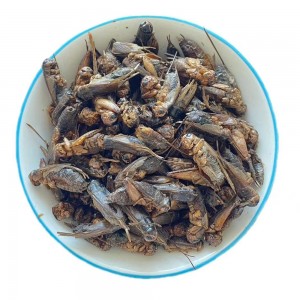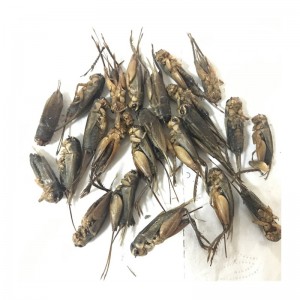Placing the container in a refrigerator five minutes before feeding will slow down cricket activity.
Feed only enough crickets that will be eaten immediately, as escaped crickets may establish themselves under feeding containers or in the soil around the roots of plants. These crickets could damage lizard eggs or newly hatched birds during periods of darkness. Vitamin & mineral supplements (Pisces Gutload) can be sprinkled onto the crickets prior to feeding. This is particularly valuable for recently relocated, stressed or injured animals.
Place a fresh piece of carrot every day or two into the container and Pisces crickets can be stored for about one week.
Avoid overcrowding and ensure sufficient food and water to prevent cannibalisation. For longer storage, place the crickets into a deep sided plastic or glass container with a tight fitting ventilated lid. Provide hiding places and a saturated sponge for water.
The best storage temperature for crickets is between 18°C and 25°C. It is essential that they are not exposed to poisonous fumes including pest strips and cleaning supplies.
So, once you have a box full of crickets at your doorstep, what do you do with them? In every order of live pet food we send, Bluebird Landing includes detailed care instructions to help you make the most of your feeders. With a little care, you can make your feeders last longer and be a healthier meal for your animals. The basics, however, are these: your crickets need a clean, dry place to live, away from chemicals and extreme heat/cold; they need moisture, and they need food. Read our Cricket Care Instructions.

